Japan tests innovative magnetic tether for slowing space junk
- Published
The cargo ship will also deliver supplies to the International Space Station.
Japan has launched a cargo ship which will use a half mile- (700m)-long tether to remove some of the vast amount of debris from Earth's orbit.
The tether, made of aluminium strands and steel wire, is designed to slow the debris, pulling it out of orbit.
The innovative device was made with the help of a fishing net company.
There is estimated to be more than 100 million pieces of space junk in orbit, including discarded equipment from old satellites, tools and bits of rocket.
Many of these objects are moving at high velocity around the Earth at speeds of up to 28,000km/h (17,500mph) and could cause catastrophic accidents and damage to the world's orbital telecommunications network.
The junk has accumulated in the more than 50 years of human space exploration since the Soviet-launched Sputnik satellite in 1957.
Collisions between satellites and the testing of anti-satellite weapons have made the problem worse.

More than 5,000 space missions have left Earth's orbit increasingly congested
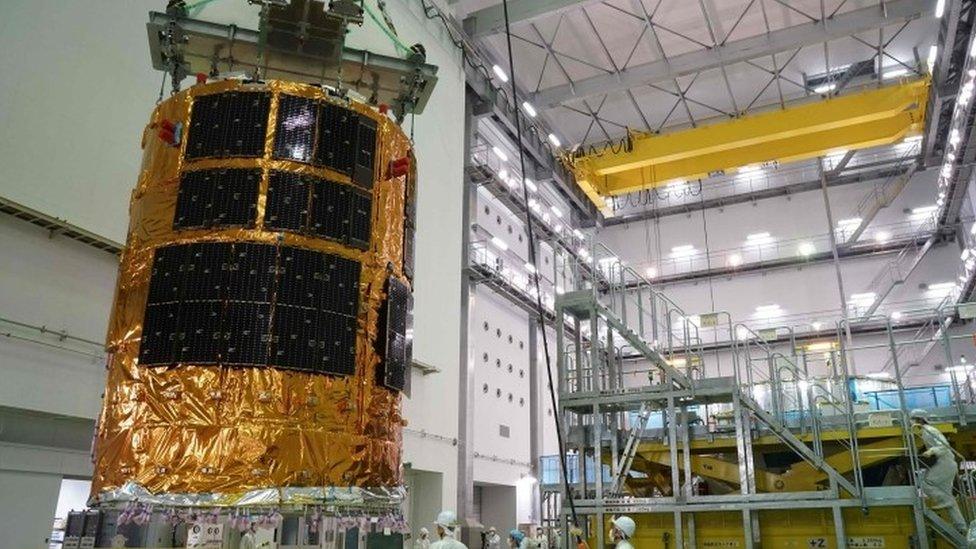
The automated cargo ship - called Stork or Kounotori in Japanese
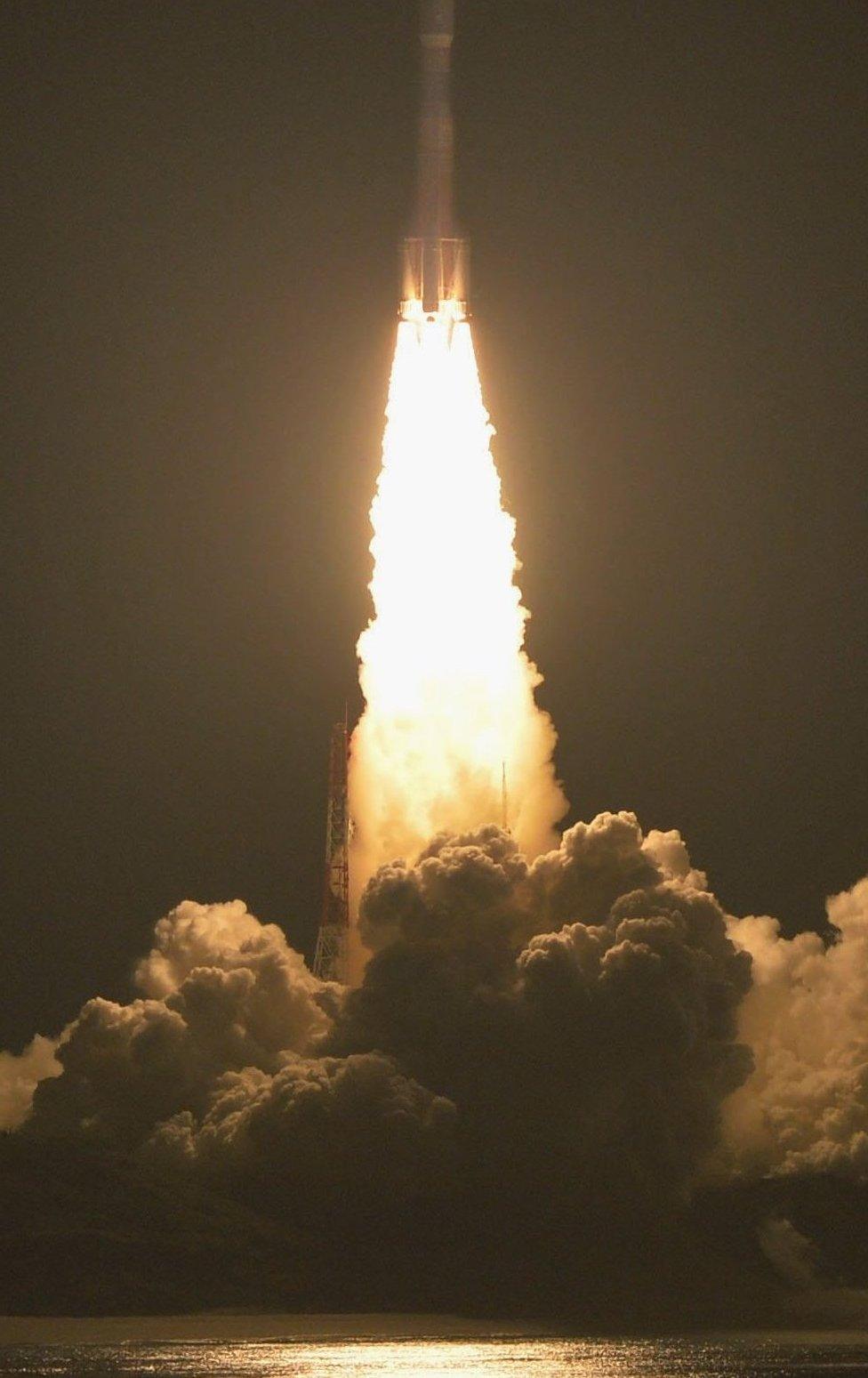
The automated cargo ship - called Stork or Kounotori in Japanese - which is carrying the junk collector is bound for the International Space Station and blasted off from Tanegashima Space Center in the North Pacific.
Researchers say the lubricated, electro-dynamic tether will generate enough energy to change an object's orbit, pushing it towards the atmosphere where it will burn up.
A 106-year-old Japanese fishing net maker, Nitto Seimo Co, collaborated with Japan's space agency to develop the mesh material, Bloomberg reported last month., external
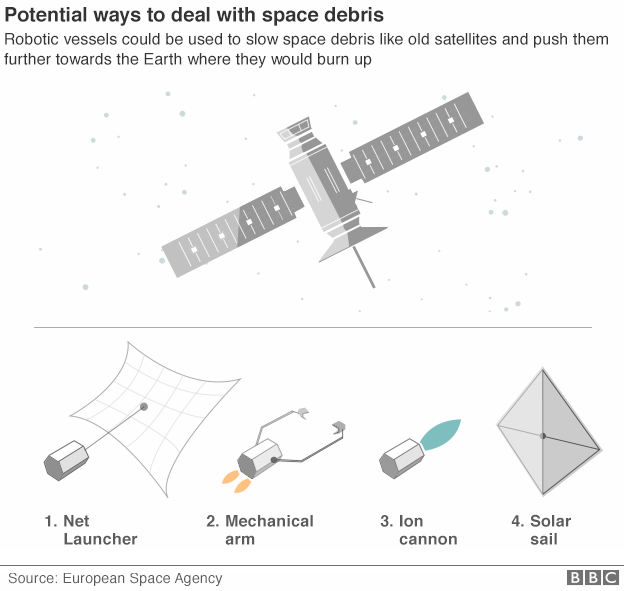
The experiment is part of an international initiative designed to make space safer for astronauts by getting rid of space junk.
It is hoped that it will also provide better protection for space stations and weather and communications satellites worth billions of dollars.
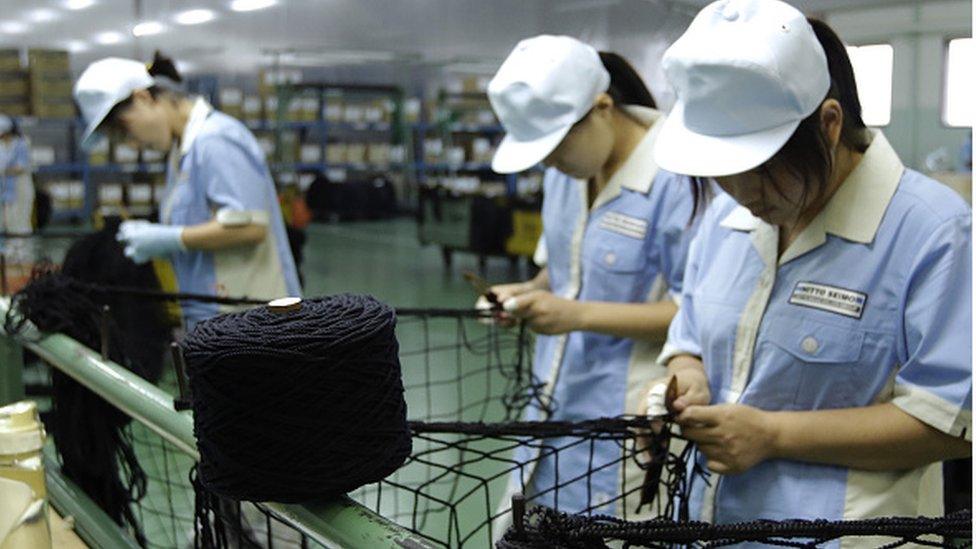
The 106-year-old Japanese fishing net maker Nitto Seimo helped produce the tether
The junk collector is the latest in a series of ideas put forward to tackle the problem, including harpooning, sweeping, lassoing and dragging debris into the atmosphere for burning.
Experts say there are big financial benefits in reducing the risk for the multi-billion dollar space industry, but they caution that the Japanese scheme will only work for bigger pieces of junk.
- Published11 November 2016
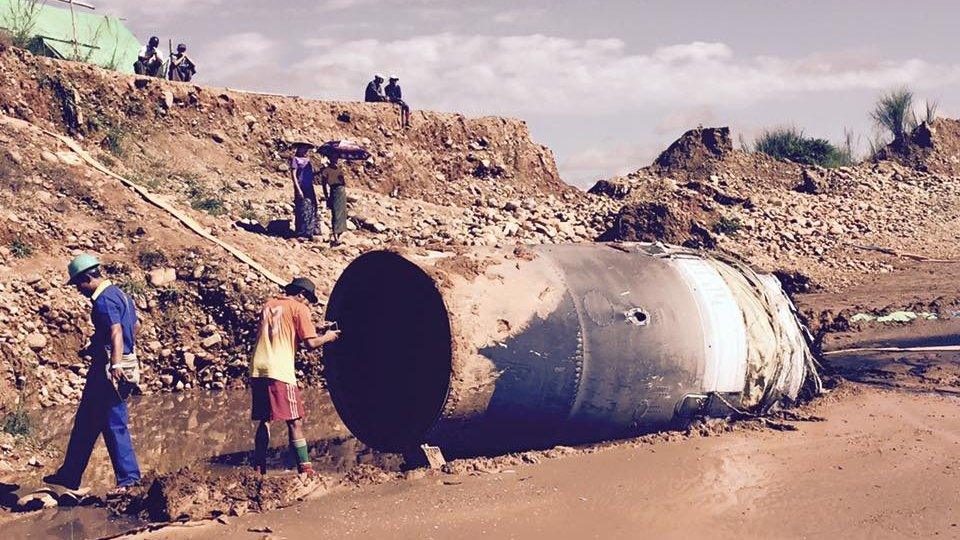
- Published24 December 2015

- Published27 November 2015
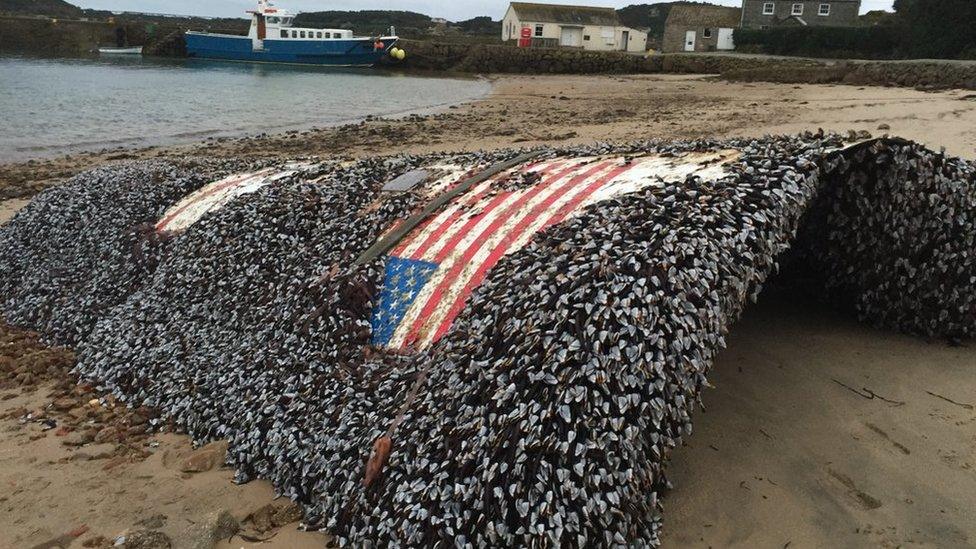
- Published5 August 2015
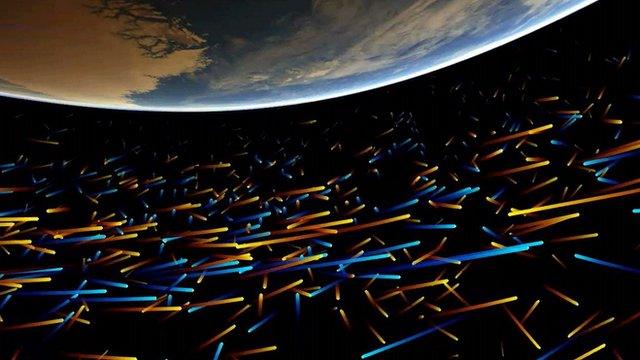
- Published3 November 2014
